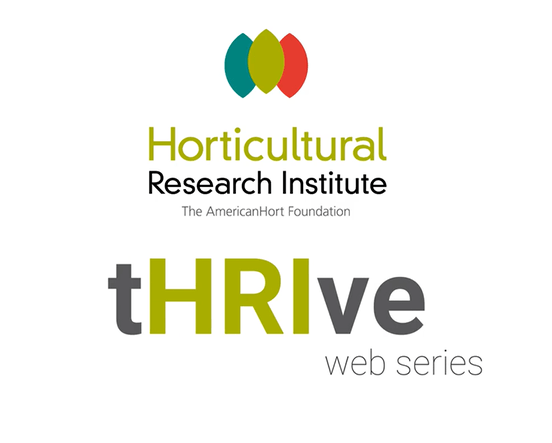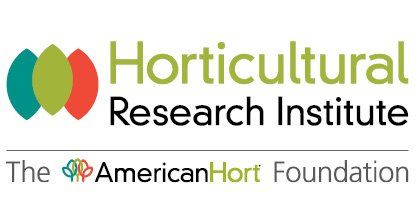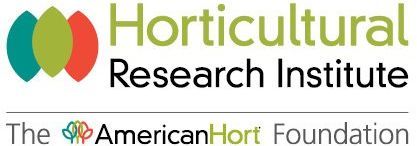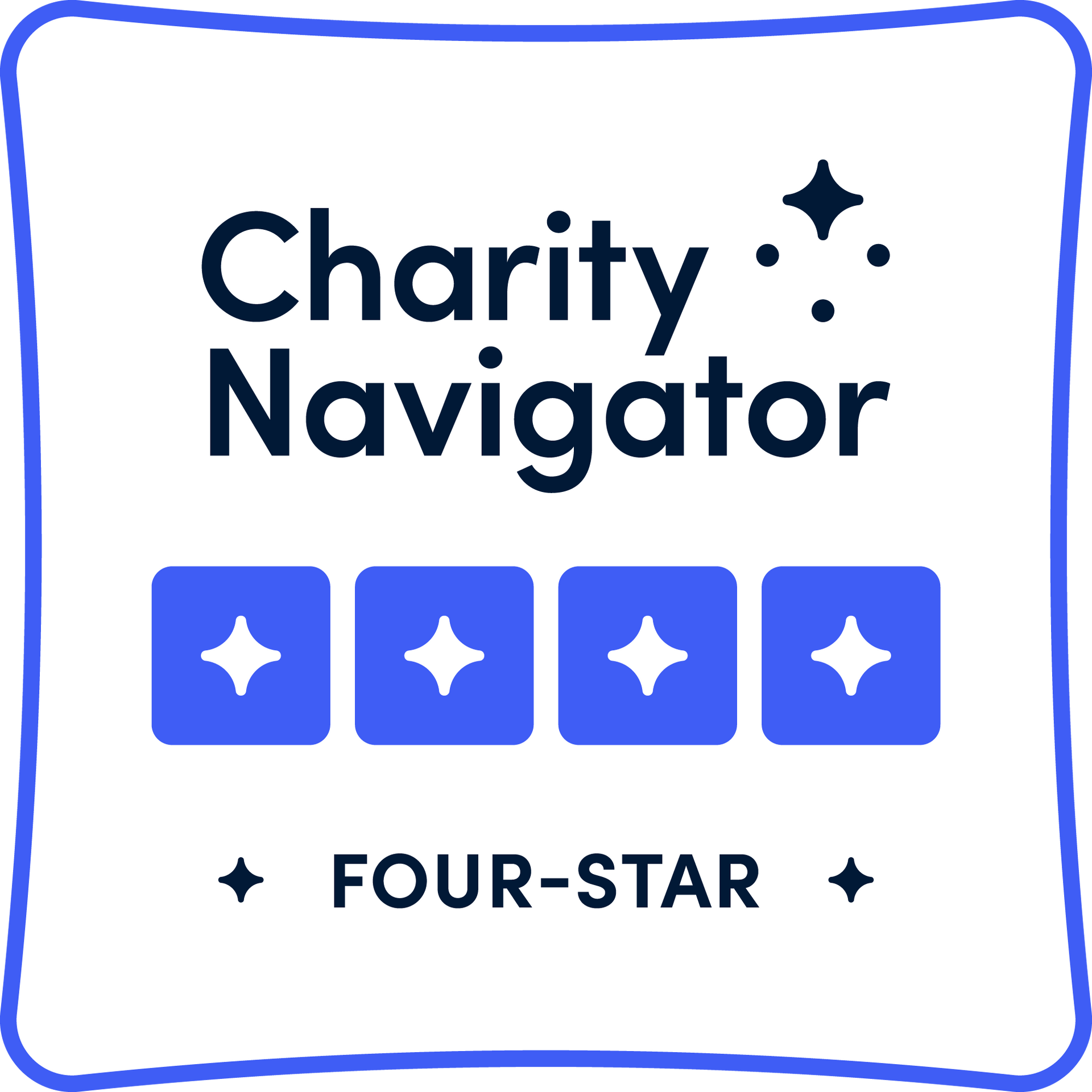Seed Your Future – Promoting Horticulture – A National Study and Plan of Action
From September 2018 through this date in 2019, Seed Your Future has been applying the research we conducted to the development of an education and outreach campaign to promote horticulture and encourage more young people to be inspired to find out more about pursuing careers in horticulture. BLOOM! is that youth-focused campaign helping young people unlock the potential of the natural world, and, in the process, introducing them to a lifelong passion – and perhaps even a career. We call BLOOM! the movement to improve the world through the power of plants.
Formally launched in April 2018, (and a second year launched in April 2019) BLOOM! was created to shed light on plant-blindness and bridge this growing awareness gap, inspiring young people to appreciate the plant world so that horticulture – and the millions of people that depend on it – thrives well into the future. While BLOOM! provides value for audiences of all ages, we are specifically developing content for middle school age youth – and the adults in their lives – in hopes that that new knowledge about the power of plants and opportunities in horticulture will benefit tweens as they explore future education, training and career opportunities. In its broader programming efforts, we have now expanded to pursue a second – audience – colleges and universities.
Highlights to Date:
Through eye-catching content delivered both inside and outside of the classroom. BLOOM! is educating and inspiring young people, their parents, teachers and youth program leaders about the endless possibilities in horticulture.
- The Seed Your Future website (www.SeedYourFuture.org) provides resources on plant careers, where to study, internships, and scholarships – and more – to help visitors appreciate the careers and diversity of opportunities working with plants
- The youth-focused BLOOM! website (www.WeAreBLOOM.org serves as a digital hub for all youth campaign content and activity, and includes a fun interactive quiz, social media content, videos, educational resources and more for a variety of audiences.
- Teachers and youth program leaders can access lesson plans, learning modules and additional educational resources via the BLOOM! Educator microsite (www.Scholastic.com/BLOOM) created in partnership with Scholastic, Inc. These resources are also being proactively distributed to teachers nationwide via Scholastic Inc.’s vast network.
Early Indicators
As of August 31, 2019, initial metrics include:
- 4 million students reached to date through the materials developed with Scholastic.
- 600,000 middle school teachers (virtually all of them in the US) reached to date through our educator materials developed in conjunction with Scholastic.
- 10,000 youth have taken our Plant-Power quiz.
- 23.3 million reached with our social media efforts.
- 15.5 million combined impressions and contest views of the social media influencer campaign.
- 234 million YouTube impressions (number of times viewed).
- New Seed Your Future website launched on a new platform (and we have just received the Garden Writers America Gold Award for best organizational website).
- New Career Exploration Tool launched www.SeedYourFuture.org/careers with more than 20K views to date.
- Hosted our first Horticulture Programs Enrollment Summit in 2019 with 85 colleges, universities and industry representatives exploring the promising practices in student recruitment (which will lead to the development of new resources based on this research in 2020.)
OBJECTIVE:
The mission of Seed Your Future is to promote horticulture and inspire people to pursue careers working with plants. We aim to change the perception of horticulture by increasing public awareness of the positive and diverse attributes of the profession and to encourage talented young people to view horticulture as a vital, viable, and vibrant career path. We envision a U.S. where everyone understands and values the importance of plants and the people who work in the art, science, technology and business of horticulture.
We will generate the following outcomes:
- Improve public perceptions of horticulture
- Develop tactics to ensure that horticulture is part of the national education curriculum
- Increase youth participation in NJHA, JMG, 4-H, and FFA
- Increase number of high school students in horticulture and plant sciences programs
- Increase number of horticulture students in 2-year and 4-year college and university programs
- Increase number of well-trained horticulture employees
Research Methodology And Significance:
We have made much progress. All the initially planned phases of research were completed. However, we began new research in June 2019 to discover the promising practices in college and university student recruitment. In our initial research we found that few understood the jobs available in growing, breeding, distribution, science, technology, art, design, and business in the industry. But once participants learned about the diverse opportunities in the industry, they were very interested. And significantly, not one middle-schooler had ever heard the term “horticulture.” They told us that we need to use simple language they can understand; and inspiring, relatable imagery. During our focus group research, we also wanted to find out the ways people prefer getting information and where they turn for trusted advice. The sources varied by groups:
- Students rely on parents, web, teachers and friends
- Parents rely on counselors and web
- Teachers rely on guest speakers, curricula and videos
- Counselors rely on materials from colleges, other teachers/counselors and professional organizations
Education of parents, teachers, and counselors increases the likelihood of recommending horticulture as a career, but they will recommend horticulture as a career only if their child/student already has an interest in horticulture. Thus, we will need to reach both students and their parents, teachers and counselors. Based on the information learned, Seed Your Future along with our partners, including Scholastic®, launched BLOOM! - a proactive education, marketing and national PR campaign.
OUTCOMES AND ECONOMIC RETURN ON INVESTMENT:
This research will help green industry members by increasing the number of motivated, well-trained employees. We know that many businesses are looking for employees and this project addresses that issue. This project is also intended to increase public awareness of horticulture, which we hope will increase interest in and demand for horticultural crops.
JOURNALS AND TRADE PRESS: Since the last update:
- Wright, Bruce. Making Horticulture Cool. Floral Management. September 2018
- Yoder, Susan E. Plantologists Unite.Longwood Chimes. 298. Winter 2019
- Ray, Dennis T., Seed Your Future: Horticulture Programs Enrollment Summit,American Society for Horticultural Science, August 2019
- Yoder, Susan E. Our Future Depends on “Urban Lumberjacks” and “Water Farmers”.Garden Club of America Bulletin. August 2019
PRESENTATIONS: Conference Presentations Since the Last Update
- Society of American Florists, September 12, 2018, Ball, Anna and Yoder, Susan E.
- National FFA, October 24, 2018, Yoder, Susan E.
- American Camp Association, Keystone Regional, Yoder, Susan E.
- Outdoors Alliance for Kids, November 14, 2018, Yoder, Susan E.
- Indiana Green Industry Conference, January 9, 2019, Yoder, Susan E.
- Mid Atlantic Nursery Trade Show, January 10, 2019, Yoder, Susan E.
- The Western, January 16, 2019, Reed, Seth
- National Association of Landscape Professionals, February 11, 2019, Yoder, Susan E.
- American Camp Association, February 18, 2019, Yoder, Susan E.
- Philadelphia Flower Show Student Event, March 9, 2019, Peters, Cari, and Yoder, Susan E.
- Henricks County Garden Club, March 27, 2019, Yoder, Susan E.
- The Garden Club of Indiana, April 9, 2019, Yoder, Susan E.
- The Garden Club of America, May 18, 2019, Petri, Ann Neal, and Yoder, Susan E.
- American Public Gardens Association, June 17, 2019, Masterton, Sarah
- International Master Gardeners Conference, June 16, 2019, Yoder, Susan E.
- National Child and Youth Garden Symposium, July 10, 2019, Yoder, Susan E.
- Cultivate 19, July 13, 2019, Ball, Anna; Mangum, Cole; and Yoder, Susan E.
- American Society for Horticultural Science, July 21, 2019, Dole, John, and Yoder, Susan E.
IMPLICATIONS FOR ADDITIONAL RESEARCH:
As mentioned earlier, the overall goals of Seed Your Future are to change the perception of horticulture by increasing public awareness of the positive and diverse attributes of the profession and increase capacity in horticulture through a perception shift that drives talented young people to view horticulture as a vital, viable, and vibrant career path.
Seed Your Future has brought together a broad range of university, public horticulture and industry entities together to address these issues. We will assess the impact of BLOOM! and recommend additional research thereafter. In addition, we intend to develop a plant to conduct further research on the promising practices in college and university student recruitment.
RESEARCH WEBSITE/BLOG:
The Seed Your Future website can be reached at: www.seedyourfuture.org/. The youth-focused site is www.WeAreBLOOM.organd the educator resources site is www.Scholastic.com/BLOOM.
Share This Post






